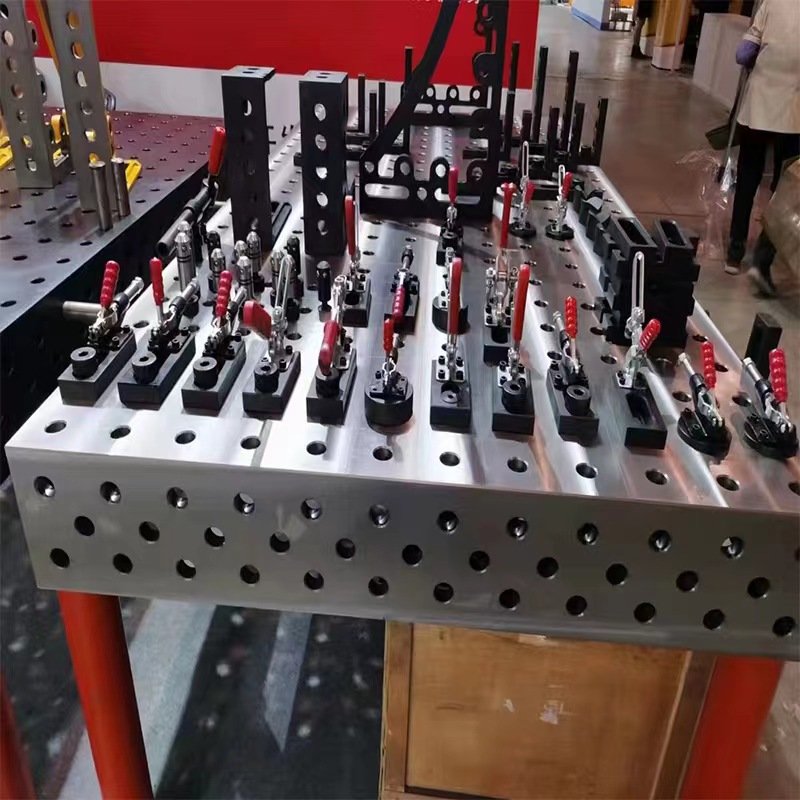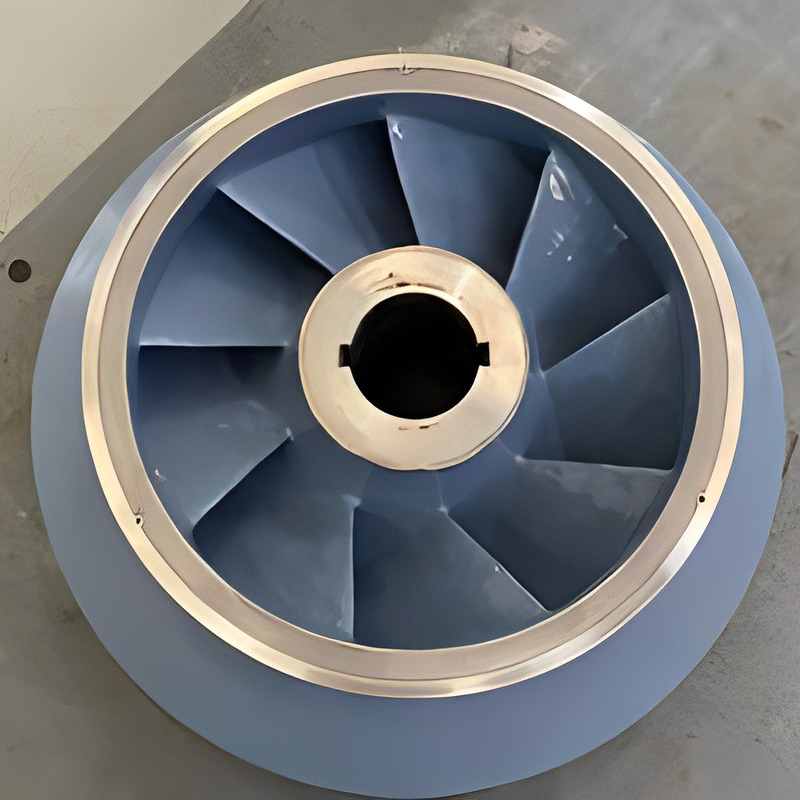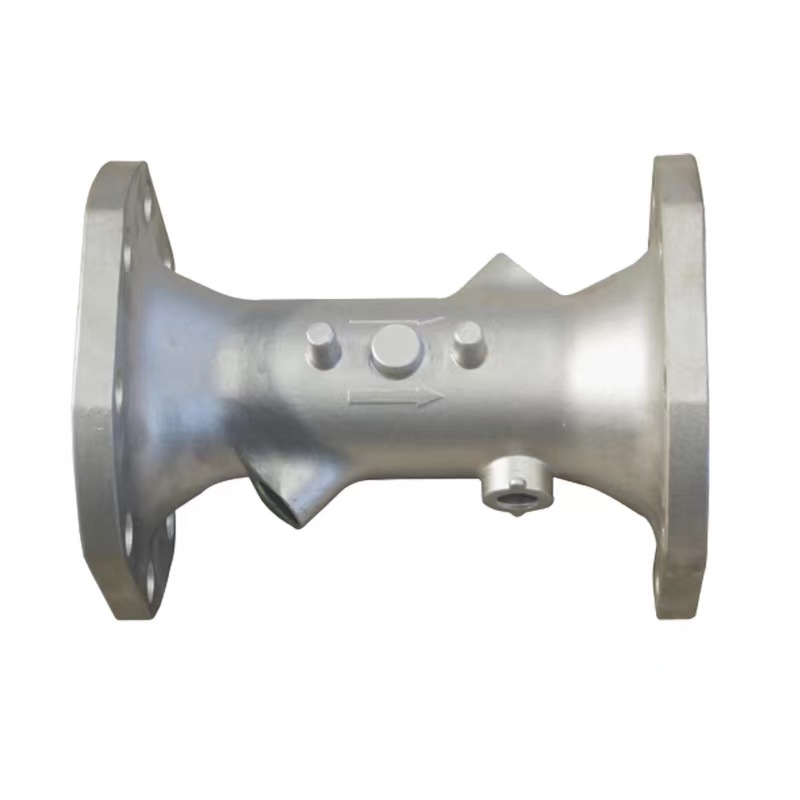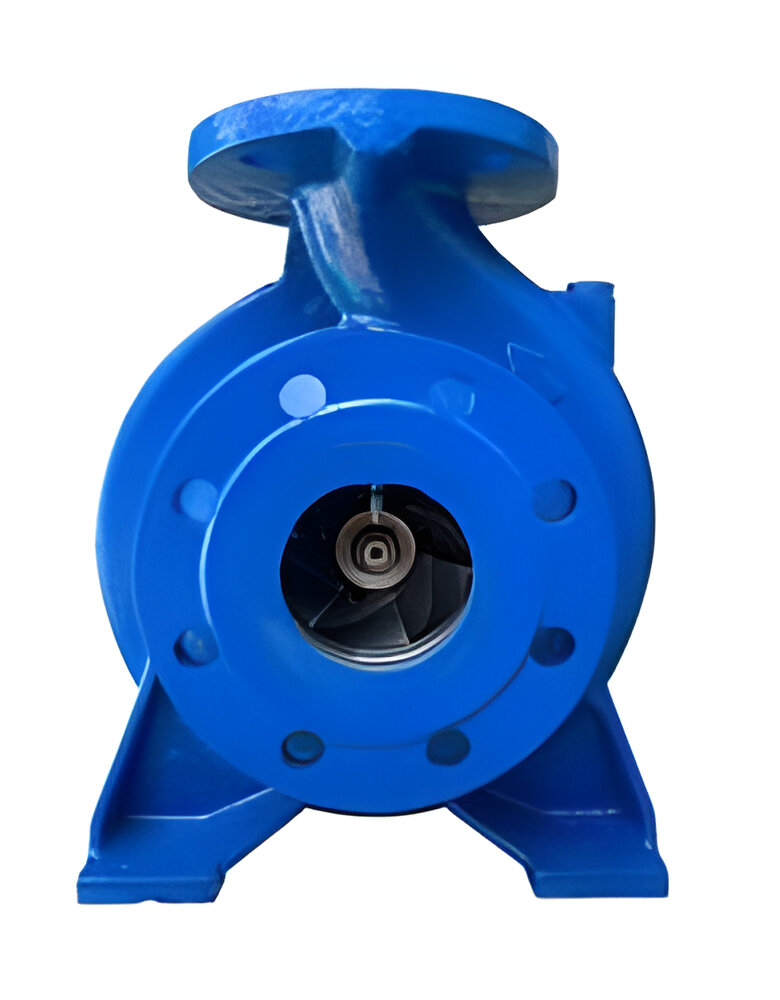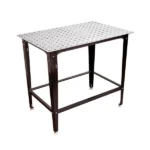Steel welding tables are fundamental tools for any welding workspace, offering a stable and fire-resistant surface suitable for various metalworking tasks. Whether you are a professional welder or a hobbyist, understanding the different types of steel welding tables and their specific features can significantly enhance your welding efficiency and safety. This article will explore key aspects of steel welding tables, including their construction, applications, and why they are preferred over other materials.
Types of Steel Welding Tables
Steel welding tables come in various designs and materials, each tailored to meet specific needs and workflows. Here are some of the most popular types:
- Adjustable Steel Welding Table: These tables are designed with adjustability in height and angle, making them versatile for different welding projects and user comfort. The adjustable feature helps in reducing fatigue and improving welding accuracy.
- Mobile Welded Steel Tables: For workshops where flexibility in movement is crucial, mobile steel welding tables are equipped with casters. These tables can be easily moved around, providing convenience and efficiency in managing workspace.
- Perforated Steel Plate for Welding Table: This type features a top made from perforated steel, allowing for numerous clamping zones. It's ideal for securing workpieces in various positions, enhancing precision in complex welding tasks.
Manufacturing and Design
The manufacturing of steel welding tables involves precise engineering to ensure durability and functionality. Typically, these tables are made from high-grade steel, like the 5/8 steel plate, known for its robustness and ability to withstand high temperatures and heavy use. The surface is often treated to resist corrosion and spatter, extending the table's life and ease of maintenance.
Design considerations include features like grounding points for safety, tool holders, and sometimes drawers for storing welding accessories. Some advanced tables also incorporate sections for cutting and assembly, making them comprehensive workstations.
Applications and Scenarios
Steel welding tables are indispensable in industries ranging from automotive and aerospace to art installations and home repairs. Their ability to provide a sturdy, heat-resistant work surface makes them suitable for various welding techniques, including MIG, TIG, and stick welding. In educational settings, these tables facilitate training students in a safe and controlled environment, emphasizing proper welding practices.
FAQs
Q: What is the best steel for a welding table top?
A: A table top made from thick, flat steel like a 5/8 steel plate is typically best. It resists warping and can handle the high heat and weight of metal pieces being welded.
Q: Can I customize a steel welding table to fit my specific needs?
A: Absolutely! Many manufacturers offer customization options ranging from dimensions and thickness of the steel plate to additional features like drawers and shelves.
Q: How do I maintain my steel welding table?
A: Regular cleaning to remove spatter and dust, occasional re-application of a rust inhibitor, and checking for any structural issues are sufficient for maintaining a steel welding table.
Choosing the right steel welding table can profoundly impact the quality and efficiency of your welding projects. By considering the types and features discussed, you can select a table that not only meets your immediate needs but also adapts to future projects. For detailed information on purchasing and custom options, visit our website at kt-foundry to explore a range of welding tables designed with the welder's needs in mind.

